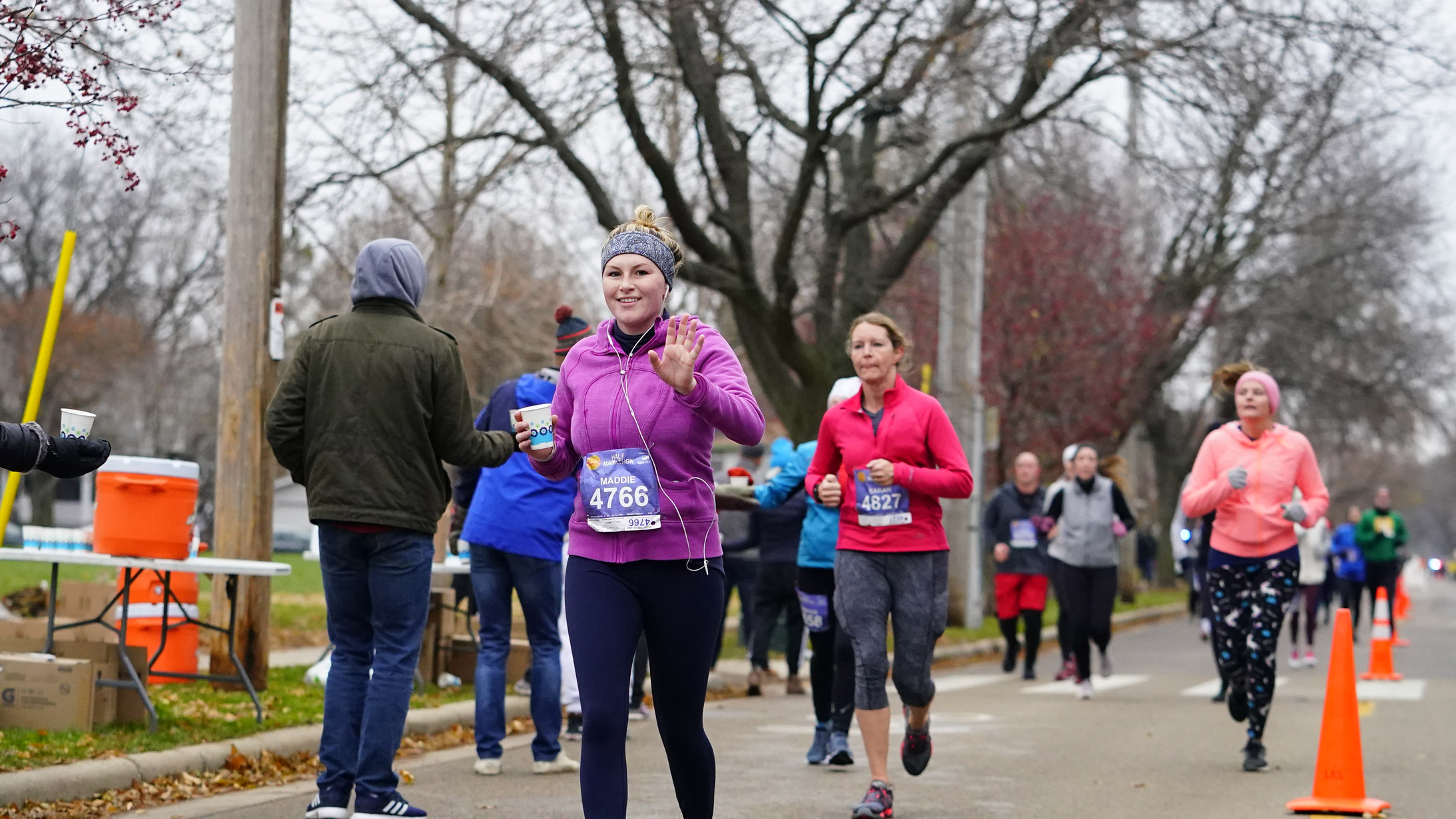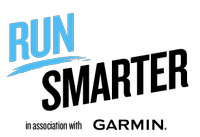Here's what to expect when you run your first race, whether it's a 5K or a marathon
Everything you need to know to settle race-day nerves

It can be exciting and it can be very stressful in equal measure, but running your first organized race event is a milestone event for any runner. It doesn’t matter whether it’s a 5K event in your local park, put on by an organization such as Parkrun, or a big marathon such as New York City or London: signing up for a race is a big deal, and can push a running hobby to new heights.
Signing up for a race gives you a reason to strap on your best running watch and hit the road for a bit of training. However, if you’ve never signed up for a race before, you might not really know what to expect. Every race is different, but most have a few things in common. To alleviate race-day nerves, here’s a good idea of what you can expect on race day, and some tips to ensure you have a stress-free experience.
Signing in
Arrive before your start time - this is important, as you may have to visit a concierge desk or stall to check in when you arrive. If you have a race number, bib or a timing chip to wear, you may have been sent one ahead of time. However, you may have to pick yours up on the day. If in doubt, check on the event organiser’s website, as they’ll likely have an FAQ page.
Journey planning
Race day can be nerve-racking enough without worrying about being late. Pack your race-day bag the night before, check in advance which route you’ll take to the start line, and leave plenty of time in case of traffic or public transport delays. It sounds simple, but oversleeping and rushing to the start line will leave you tense and stressed before, and during, your race.
On-site facilities
The bigger the race, the more facilities it will have available. A low-key local parkrun may not have dedicated toilet facilities or a secure bag drop, so you may want to plan ahead for this.
On the other hand, a bigger race like a 10K, half marathon or full marathon will have porta-potties, bag drop, a first-aid station and bottled water stands stationed around the course. Plan accordingly: for smaller races, it may be helpful to know the location of publicly available restrooms nearby. For larger races, beware the queues!
Waves
Larger runs like 10Ks and half marathons will be organized into ‘waves’, in which people are released in separate tranches based on their predicted finish times or when they booked onto the race.
Sign up for breaking news, reviews, opinion, top tech deals, and more.
Faster runners or early-bird bookings tend to be in earlier waves, while slower runners and late arrivals tend to be in later ones. This is done so that the course is nicely spread out, and slower runners don’t clog up the route or create bottlenecks for faster ones. Check your start time to find out which wave you’re in, to make sure you don’t queue up to start at the wrong time.
Once you've finished
When you’re all done and somebody’s pressed a medal into your hand (if you get one), what next? Some races may have a gift bag comprising a bottle of water, a cereal bar or protein bar, a commemorative race-day t-shirt and perhaps even a congratulatory beer.
Others are smaller affairs, and you’ll just get a bottle of water and a clap on the back well done. For larger races, you’re likely to be very tired and exhausted - so if you can, have someone arrange to meet you at the finish with your bag and some supplies, like a sweater to keep you warm.

TechRadar created this content as part of a paid partnership with Garmin. It was written by a TechRadar journalist.

Matt is TechRadar's expert on all things fitness, wellness and wearable tech.
A former staffer at Men's Health, he holds a Master's Degree in journalism from Cardiff and has written for brands like Runner's World, Women's Health, Men's Fitness, LiveScience and Fit&Well on everything fitness tech, exercise, nutrition and mental wellbeing.
Matt's a keen runner, ex-kickboxer, not averse to the odd yoga flow, and insists everyone should stretch every morning. When he’s not training or writing about health and fitness, he can be found reading doorstop-thick fantasy books with lots of fictional maps in them.